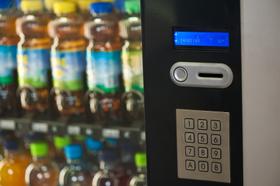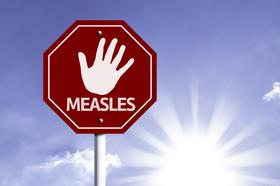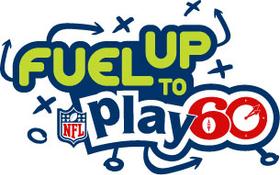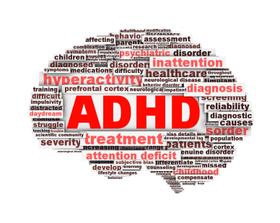Chicken nuggets, pizza, hamburgers, and iceberg lettuce salads: these nutritionally-questionable food choices are common fare on public school lunch menus. However, beyond the question of healthy food options is a much scarier prospect: are school lunches even safe for our children to consume?
The potential prevalence of E. Coli in school lunches has already been scrutinized, but there are more nasty shocks in store for parents and public school students. In fact, the standards governing the preparation and food content of school lunches fall short of minimums imposed upon even fast-food restaurants, such as KFC and McDonalds!
Meaty Treats: The USDA’s Low-Quality Provisions
The United States Department of Agriculture (USDA) oversees the school lunch program countrywide. Although there are strict guidelines in place, a significant percentage of the millions of pounds of meat consumed by children in the school cafeteria continually fail to meet quality standards imposed by fast-food outlets.
No parent would feed their child meat only fit for pet food or compost, yet meat from “old birds” is exactly what children are being served at school, as found by USA Today’s investigation. Even KFC and the Campbell Soup Company refuse to buy such meat because of quality considerations, and these corporations stopped doing so more than a decade ago – yet our children are eating this very type of questionable quality meat.
This video from The Rubin Report discusses the low quality of many public school lunches.
School meat quality standards are slightly more stringent than standards for supermarket meats, but this is of little comfort to the millions of parents concerned for their child’s general health. More than 31 million children consume a school lunch each day, and almost two-thirds of them participate in the free or reduced-price meal program. The parents of these children, many of whom rely on the meal programs for their daily sustenance, are being left at the mercy of the USDA until next year when Congress begins to revise the Child Nutrition Act.
Pathogen Danger: Why USDA Standards Are Not Stringent Enough
Not only are school children being served meat unfit for even a McDonalds’ burger, but they are also at risk of ingesting harmful bacteria and pathogens hidden within the food. Some reports suggest that fast-food restaurants actually check for bacteria and pathogens between five and ten times more often than school lunch meats. An independent investigation conducted by USA Today concluded that out of 150,000 tests on school beef, most did, in fact, satisfy the criteria imposed by other large beef buyers. Alarmingly, however, there were cases where the Agricultural Marketing Service (AMS), which purchases meat for schools, bought meats with pathogen and E. coli levels which even exceeded acceptable levels for fast-food outlets!
Pathogens and bacteria housed in school cafeteria food are thought to be responsible for many stomach virus outbreaks nationwide. In Arizona, two people experienced such sickness after eating meat supplied by Beef Packers of California, which was allegedly contaminated with salmonella. Beef Packers have twice been forced to recall huge quantities of beef, and several members of Congress are calling for this supplier to be closed down.
How 27,000 School Cafeterias Escaped Adequate Inspections
According to data from the U.S Centers for Disease Control and Prevention, almost 7,500 children became victims of the norovirus between 1998 and 2007. Norovirus was implicated in another 2,000 school sicknesses between these years, although investigators could not definitively determine a cause. Thousands of cases go unreported each year since trusting parents often fail to realize that school lunches are at the heart of the problem.
Despite widespread outbreaks of norovirus in school cafeterias, almost 27,000 schools failed to have their preparation areas inspected last year as mandated by the Child Nutrition Act. Startlingly, some 8,500-school kitchens were not inspected at all last year, and over 18,000 were only inspected once instead of twice, as reported by USA Today.
The purpose of such inspections is to ensure that food preparers comply with health and safety regulations; these regulations span from wearing gloves during food preparation to staying home while sick to avoid the contamination of school meals.
Secretary of Agriculture Tom Vilsack explains the Child Nutrition Act.
Serious illnesses have resulted from lax hygiene policies and schools failing to meet USDA standards. In one case, a student in Polk County, NC required emergency room procedures after drinking sweet tea laced with salmonella in the school cafeteria. The culprit was a dirty urn. In another case, almost 30 elementary school students in Beaver County, PA were stricken with stomach problems after consuming undercooked chicken.
Although increasing percentages of schools are meeting the minimum quality standards for school lunches each year, there is little doubt that more needs to be done. Some parents are lobbying official agencies, while other parents are cautiously sending their children to school with “safer” packed lunches.
Questions? Contact us on Facebook. @publicschoolreview



















































































































































